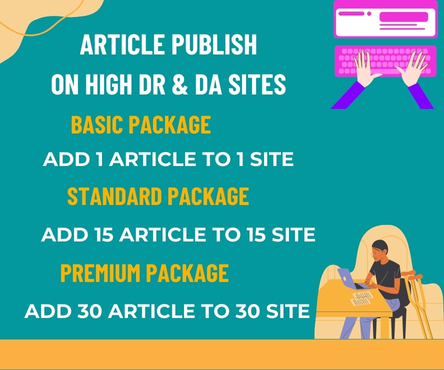Skin health plays a crucial role in overall well-being. Many people may not realize that some skin conditions can remain hidden beneath the surface, showing few or no symptoms initially. Early diagnosis of these conditions is vital to prevent complications and maintain healthy skin. Skincare experts use a combination of knowledge, tools, and techniques to identify these hidden skin issues before they become serious. This article explores how skincare professionals detect early signs of skin problems and the importance of timely intervention. Get started Korea skin clinic
Understanding the Importance of Early Diagnosis
The skin is the largest organ of the body and often reflects internal health. Hidden skin conditions can affect not only appearance but also comfort and function. Early diagnosis allows for prompt treatment, which can reduce the risk of progression and complications. Conditions such as eczema, psoriasis, fungal infections, and even skin cancers can begin subtly. By recognizing early indicators, skincare experts can recommend effective care plans that improve outcomes for patients.
Visual Examination and Patient History
The first step in diagnosing hidden skin conditions involves a thorough visual examination. Skincare experts look beyond obvious symptoms, paying attention to subtle changes in skin texture, color, and hydration. They examine areas that patients may overlook, such as behind the ears or under nails. Alongside this, taking a detailed patient history helps identify potential triggers like allergies, lifestyle factors, and family history of skin diseases. This holistic approach provides clues to underlying problems that might not be immediately visible.
Advanced Diagnostic Tools and Techniques
In addition to a visual assessment, skincare professionals employ advanced diagnostic tools. Dermoscopy is a non-invasive technique that magnifies the skin’s surface, allowing experts to see patterns and structures not visible to the naked eye. This tool is especially useful in identifying early signs of skin cancer or pigmented lesions.
Another important technique is patch testing, which helps determine if a patient is allergic to specific substances. This method is essential for diagnosing allergic contact dermatitis, which can remain hidden without obvious irritation.
Skin biopsies are sometimes necessary for definitive diagnosis. This procedure involves taking a small sample of skin tissue for laboratory analysis. It helps confirm conditions such as autoimmune disorders, infections, or malignancies that may present subtly.
The Role of Technology in Early Detection
Technology has revolutionized how skincare experts detect hidden skin conditions. Artificial intelligence-powered imaging systems analyze skin scans and highlight suspicious areas that require further investigation. Teledermatology enables patients to consult specialists remotely, allowing early assessment and guidance without the need for immediate clinic visits.
Moreover, digital tracking apps help patients monitor changes in their skin over time. These tools empower individuals to report new or evolving symptoms promptly, facilitating early expert intervention.
Educating Patients for Better Skin Health
Skincare professionals emphasize patient education as a key component of early diagnosis. Teaching patients about warning signs to watch for encourages timely reporting of symptoms. Advice on proper skincare routines, sun protection, and avoiding irritants helps reduce the risk of hidden conditions worsening unnoticed.
Regular skin check-ups with a professional are encouraged, especially for individuals with a family history of skin problems or those exposed to high risk factors. Early diagnosis through professional care is a proactive approach to maintaining healthy skin and preventing serious complications.
Conclusion
Early diagnosis of hidden skin conditions requires expertise, keen observation, and the use of modern diagnostic tools. Skincare experts combine thorough examinations with patient history and advanced technology to uncover subtle signs that often go unnoticed. By prioritizing early detection, they help protect skin health and improve patient outcomes. Staying informed and consulting professionals regularly can make a significant difference in managing skin conditions before they escalate.

